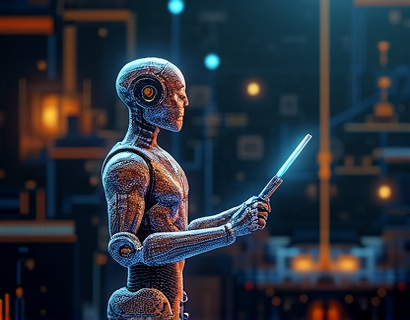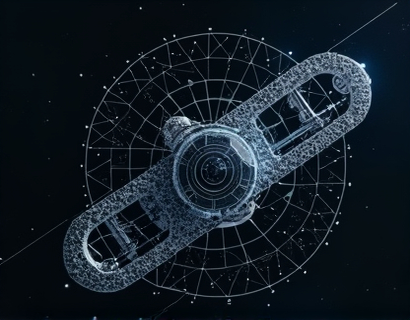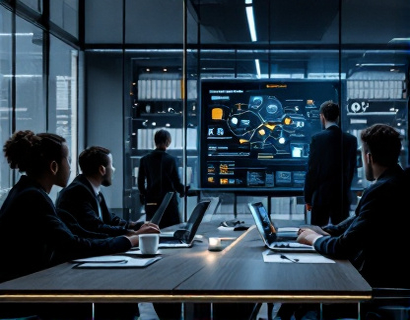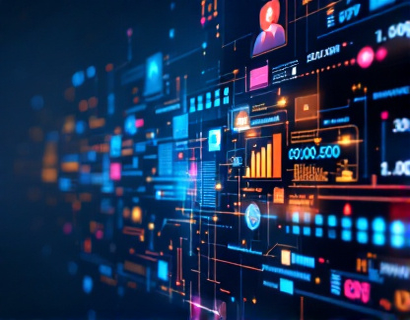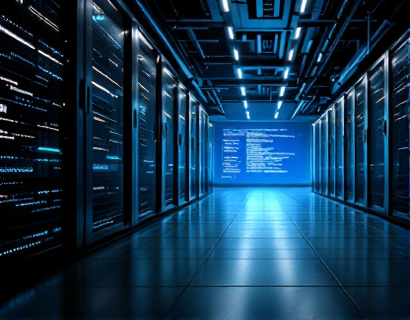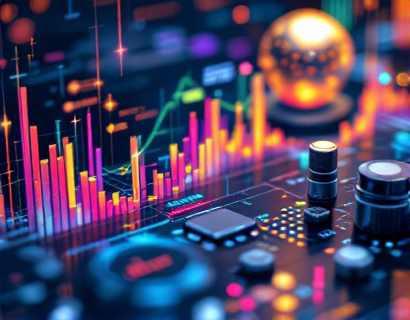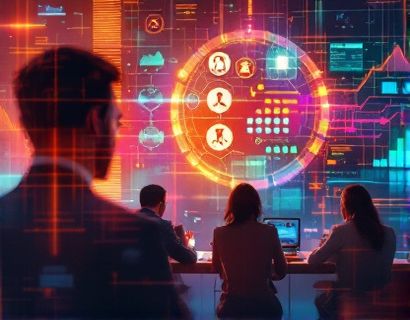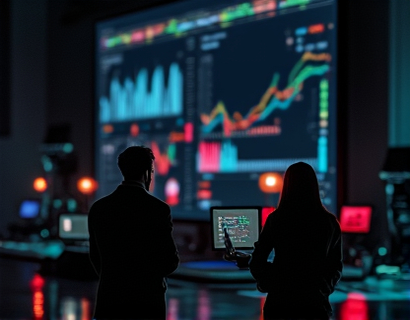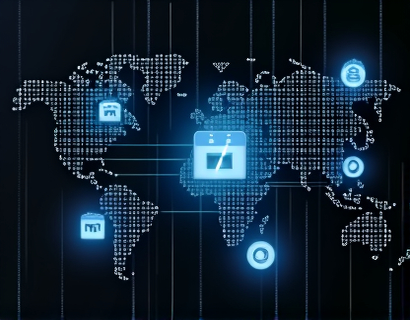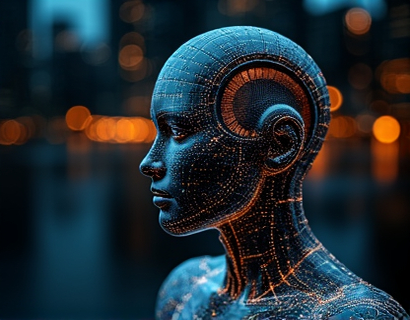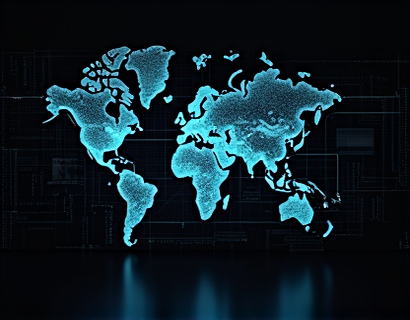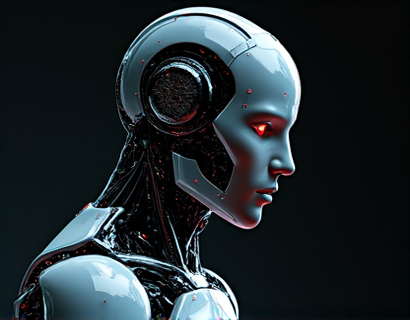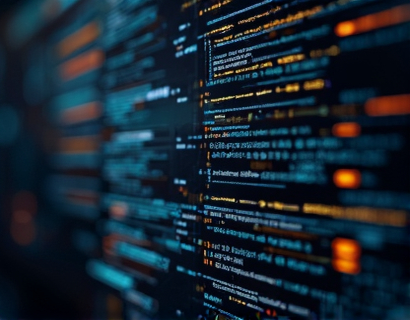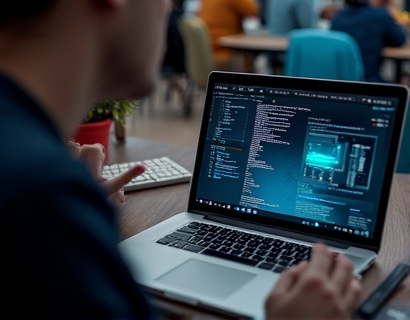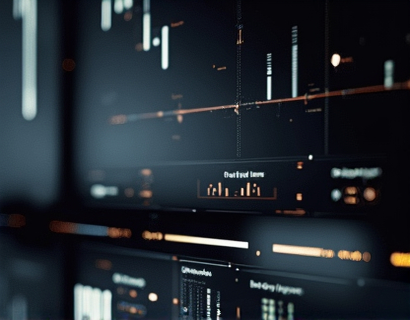Decentralized Productivity 2.0: Integrating AI and Crypto for Next-Gen Business Solutions
The landscape of business solutions is undergoing a transformative shift with the integration of artificial intelligence and cryptocurrency. This convergence marks the dawn of Decentralized Productivity 2.0, an era where tech leaders and early adopters can unlock unprecedented levels of efficiency, connectivity, and innovation. This article delves into the synergy between AI and crypto, exploring how this powerful combination is redefining the way businesses operate in a decentralized world.
The foundation of Decentralized Productivity 2.0 lies in the seamless integration of AI and blockchain technology. AI brings intelligent automation, predictive analytics, and enhanced decision-making capabilities, while cryptocurrency and blockchain provide secure, transparent, and decentralized transaction mechanisms. Together, they create a robust ecosystem that enhances productivity and fosters new business models.
Enhanced Security and Trust
One of the most significant advantages of integrating AI and crypto is the enhanced security and trust it brings to business operations. Blockchain technology ensures that all transactions are immutable and verifiable, reducing the risk of fraud and errors. AI algorithms can further bolster security by detecting and mitigating potential threats in real-time. This dual-layer security approach provides businesses with a high level of confidence in their operations, especially in industries where data integrity and compliance are paramount.
Moreover, the decentralized nature of blockchain eliminates the need for intermediaries, reducing the risk of single points of failure. Smart contracts, self-executing contracts with the terms directly written into code, automate and enforce agreements without the need for trusted third parties. AI can optimize the execution of these smart contracts, ensuring they are executed efficiently and accurately, further enhancing the trust and reliability of decentralized systems.
Improved Efficiency and Automation
Decentralized Productivity 2.0 leverages AI to automate routine and repetitive tasks, freeing up human resources for more strategic and creative work. AI-driven bots and virtual assistants can handle customer service, data entry, and other administrative tasks with high precision and speed. This automation not only increases efficiency but also reduces operational costs and minimizes human error.
AI-powered predictive analytics can forecast market trends, customer behavior, and operational bottlenecks, enabling businesses to make informed decisions proactively. By integrating AI with decentralized data storage solutions, businesses can access and process large volumes of data in a secure and scalable manner. This combination allows for real-time insights and rapid response to changing market conditions, giving businesses a competitive edge.
Decentralized Collaboration and Connectivity
The decentralized landscape fosters a new level of collaboration and connectivity among businesses, developers, and users. Decentralized platforms enable peer-to-peer interactions without the need for central authorities, promoting a more democratic and inclusive ecosystem. AI enhances this connectivity by facilitating seamless communication and collaboration tools, such as decentralized messaging apps and project management platforms.
For instance, decentralized social networks powered by AI can curate content based on user preferences and engagement patterns, creating a more personalized and relevant experience. These platforms can also reward users with cryptocurrency for contributing valuable content or participating in community activities, incentivizing active and meaningful engagement.
Innovative Business Models
Decentralized Productivity 2.0 opens up new possibilities for business models that were previously unimaginable. Tokenization, for example, allows businesses to represent assets, services, or even intellectual property as tokens on blockchain networks. This tokenization can democratize access to capital, enabling small and medium-sized enterprises to raise funds through initial coin offerings (ICOs) or security token offerings (STOs).
AI can optimize these tokenized assets by analyzing market dynamics and adjusting token prices in real-time, ensuring fair and efficient trading. Decentralized exchanges (DEXs) powered by AI can match buyers and sellers more effectively, reducing slippage and enhancing liquidity. This creates a more transparent and accessible market for all participants.
Enhanced User Experience
The integration of AI and crypto not only improves backend operations but also significantly enhances the user experience. AI-driven interfaces can adapt to individual user preferences and behaviors, providing a more intuitive and personalized experience. Voice-activated assistants and natural language processing (NLP) enable users to interact with decentralized applications (dApps) in a more natural and convenient way.
Cryptocurrency and blockchain-based identity verification systems can streamline user onboarding and access control, reducing friction and enhancing security. AI can analyze user data to offer tailored recommendations and services, making the overall experience more engaging and valuable.
Challenges and Considerations
While the potential of Decentralized Productivity 2.0 is vast, there are several challenges and considerations that businesses must address. Regulatory uncertainty remains a significant hurdle, as governments worldwide are still grappling with how to regulate blockchain and cryptocurrency. Compliance with varying legal frameworks is essential to avoid legal risks and ensure sustainable growth.
Technical complexity is another factor to consider. Integrating AI and blockchain requires specialized knowledge and resources. Businesses need to invest in skilled personnel or partner with technology providers to overcome these challenges. Scalability and interoperability of decentralized systems are also critical, as they need to handle increasing amounts of data and transactions efficiently.
Future Outlook
The future of Decentralized Productivity 2.0 looks promising, with ongoing advancements in both AI and blockchain technology. As these technologies mature, we can expect even more innovative applications and use cases. The convergence of AI and crypto will continue to drive efficiency, security, and connectivity, reshaping the business landscape for the better.
Tech leaders and early adopters who embrace this paradigm shift will be well-positioned to capitalize on the opportunities presented by Decentralized Productivity 2.0. By leveraging the power of AI and cryptocurrency, they can build resilient, innovative, and user-centric businesses that thrive in the decentralized world.







